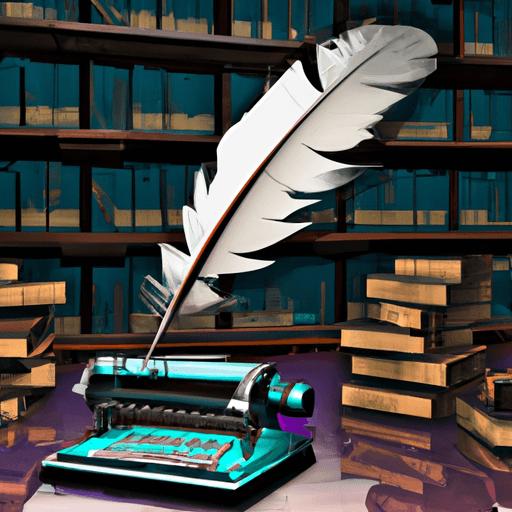Analyzing the Influence and Evolution of Magical Realism in Contemporary Literature
Origins of Magical Realism
Magical Realism, as a literary style, traces its origins back to the early 20th century, with critics attributing its inception to German art critic Franz Roh who coined the term in 1925. He used it to describe a kind of visual art that merged the everyday with the fantastical elements to challenge the traditional perceptions of reality. This style soon found its way into literature, with authors from Latin America such as Gabriel Garcia Marquez and Isabel Allende at its forefront.
Defining Features of Magical Realism
Magical Realism typically blurs the lines between reality and fantasy. While the world in which the narrative occurs is mundane, everyday, and familiar, supernatural elements are treated as normal occurrences within this realm. This juxtaposition leaves the reader in profound contemplation, challenging their understanding of reality and the logic of the normal world.
The Evolution of Magical Realism
The evolution of Magical Realism over time has seen its usage across genres and cultures. What started as an aesthetic style used to challenge the viewers' perception of reality in visual art has now evolved and matured into a literary genre standard, influencing storytelling in TV shows, movies, and even video games.
Key Works and Authors
Magical realism has been masterfully incorporated in numerous narratives to bring out a deeper understanding of reality. Notable works include Gabriel Garcia Marquez's One Hundred Years of Solitude, Isabel Allende's The House of Spirits, and Salman Rushdie's Midnight's Children. These works embody the essence of cultural, historical, and human experiences, interspersed with extraordinary events and elements.
Magical Realism across Genres and Cultural Contexts
From science fiction to romance, magical realism has proved a versatile narrative tool. In Toni Morrison's Beloved, the haunting legacy of slavery is portrayed through a ghost. In Haruki Murakami's novels, the author weaves surreal dreams into the reality of the characters, portraying the unexplainable experiences of life.
Impact on Readers' Perception of Reality in Literature
The juxtaposition of the real and unreal in magical realism has stimulated readers to question their existing perceptions of reality. It challenges the binary oppositions that define our understanding of the world, such as life and death, history and myth, and the physical and the spiritual.
Societal Changes and Cultural Trends
Magical realism transcends the realms of fiction and essays, reflecting societal changes and influencing broader cultural and artistic trends. From Murakami's exploration of contemporary Japanese life to Morrison's representation of African American history, magical realism allows authors to re-imagine their societies and explore possible realities.



















Comments
Leave a Comment